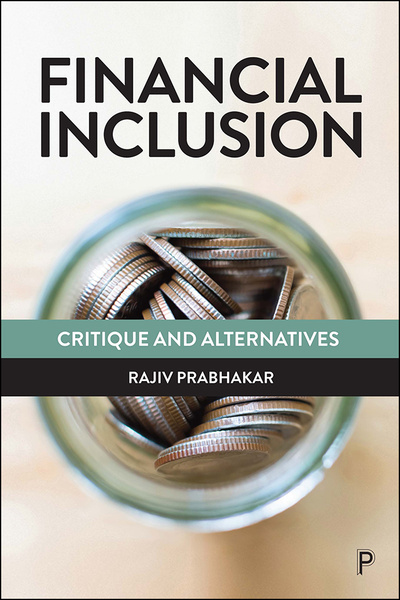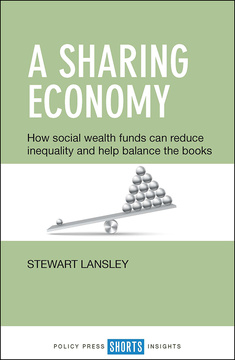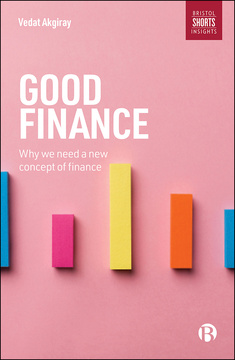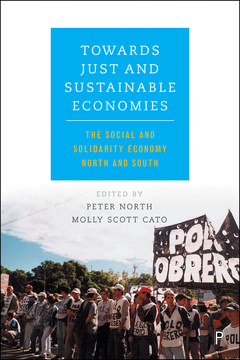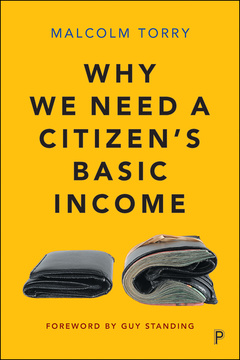Published
Jan 20, 2021Page count
178 pagesISBN
978-1447355939Dimensions
234 x 156 mmImprint
Policy PressPublished
Jan 20, 2021Page count
178 pagesISBN
978-1447345466Dimensions
234 x 156 mmImprint
Policy PressPublished
Jan 20, 2021Page count
178 pagesISBN
978-1447355953Imprint
Policy PressPublished
Jan 20, 2021Page count
178 pagesISBN
978-1447355953Imprint
Policy PressIn the media
From Financial Inclusion to Financial Capability DiverCity Podcast
On our blog: Should policy makers listen to academics?
On our blog: What do the reactions to COVID-19 show so far about financial inclusion?
Podcast: ‘Understanding the Economy’ from BBC Sounds
Should the public play a greater role within the financial system?
Decisions about money are a part of our everyday lives. Supporters promote financial inclusion as a way of helping people navigate decisions about money. However, critics fear these policies promote the financialisation of the welfare state and turn citizens into consumers.
Presenting a nuanced, critical analysis of financial inclusion, Rajiv Prabhakar brings together the supportive and critical literatures which have, until now, developed in parallel. Addressing key issues including the poverty premium, financial capability and housing, this essential dialogue advances crucial public, academic and policy debates and proposes alternative paths forward.
"This engaging and timely book makes a convincing case for bringing together theoretical and applied perspectives on financial inclusion in order to develop both a more nuanced understanding of this important issue and a more theoretically grounded set of policies to reduce the poverty premium." Karen Rowlingson, University of Birmingham
“Rajiv Prabhakar’s discussion of the arguments for and against the inclusion of disadvantaged groups in the world of finance and asset ownership is a major contribution to the debate. His analysis of alternative policies towards inclusion is a must-read.” Julian Le Grand, Marshall Institute, London School of Economics
Rajiv Prabhakar is Senior Lecturer in Personal Finance at the Open University and Senior Fellow of the Higher Education Academy.
What is financial inclusion?
Financial capability: citizens or subjects?
Financial inclusion and saving
The case of housing
Alternatives
Conclusion








